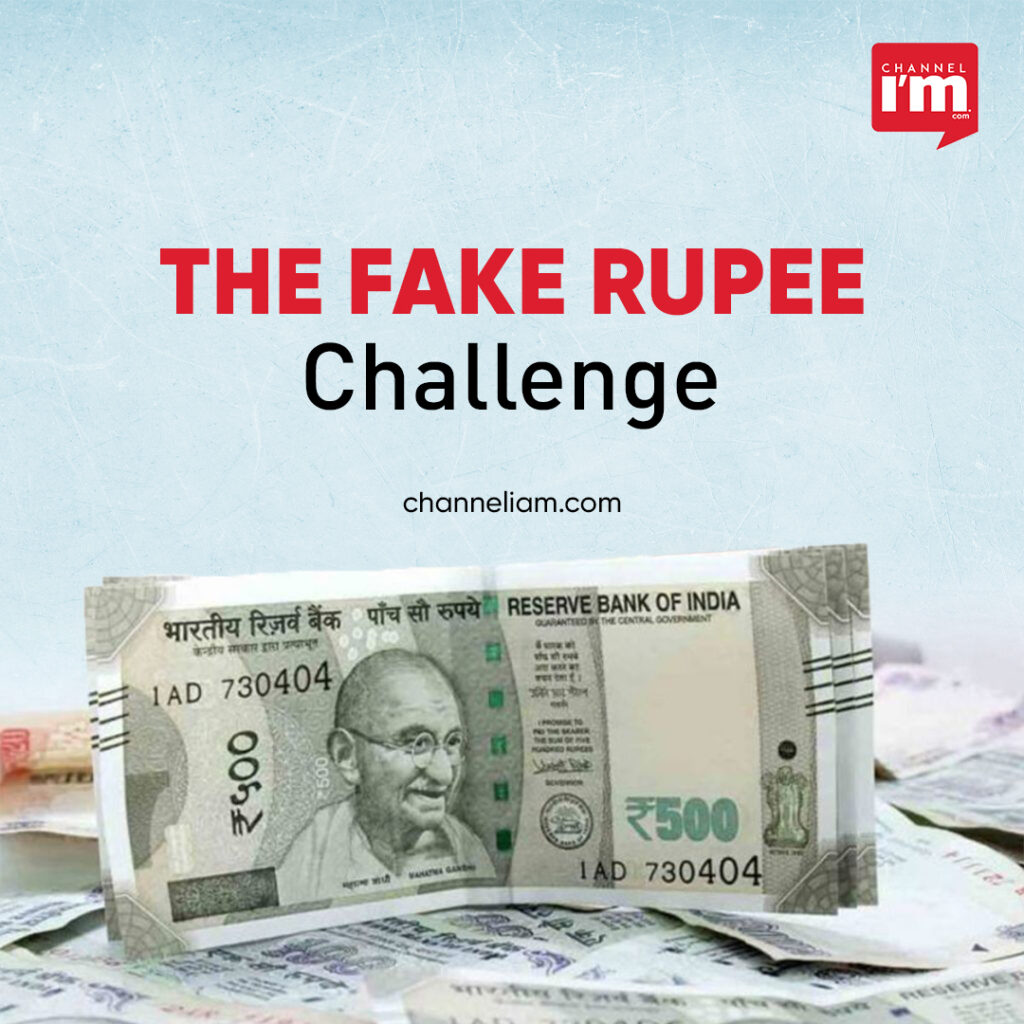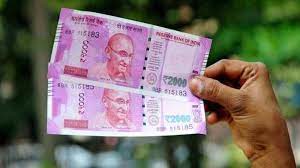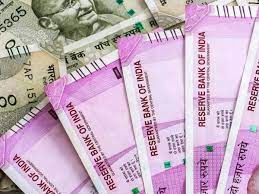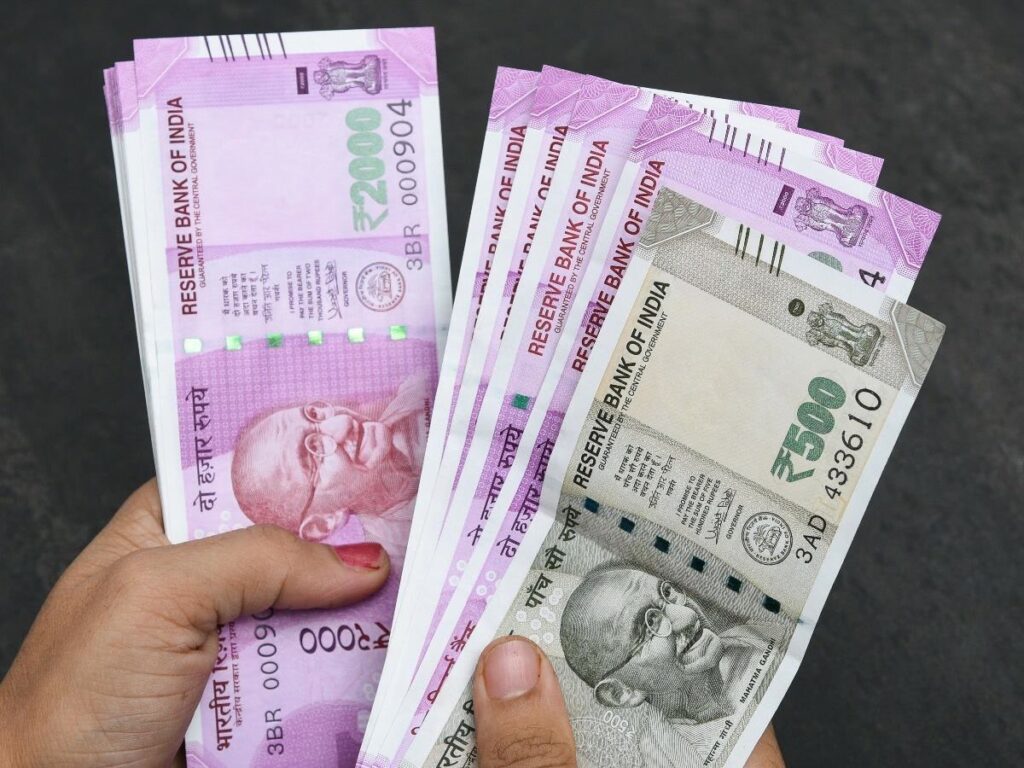Rising Concerns: Tackling Counterfeit Currency in India

Counterfeit currency poses a significant challenge to India’s financial system, and recent reports reveal a worrisome trend. With fake notes circulating in the market, it becomes crucial for individuals and businesses to stay vigilant and take necessary precautions. This article delves into the extent of counterfeit currency, its impact on different denominations, and provides guidance on identifying and handling fake notes.
Prevalence of Fake Notes:
The Reserve Bank of India’s annual report sheds light on the prevalence of counterfeit currency in India. Notably, fake 500 rupee notes are more common than their 2000 rupee counterparts. As of May 19, a total of 9,806 counterfeit 2000 rupee notes were identified and withdrawn. Furthermore, the report highlights a 14.4% increase in counterfeit 500 rupee notes, with 91,110 instances detected during the financial year 2022-23.

Analysis by Denomination:
Counterfeit notes exist across various denominations, posing a challenge to the economy. The RBI detected 78,699 fake 100 rupee notes and 27,258 fake 200 rupee notes in the same year. Additionally, there has been an 8.4% rise in counterfeit 20 rupee notes and a 14.4% increase in counterfeit 500 rupee notes. However, the counterfeiting of 2000 rupee notes witnessed a decline of 27.9%.
Dominance of 500 and 2000 Rupee Notes:
The market share of 500 and 2000 rupee notes remains substantial, constituting 87.9% of the total value of bank notes in circulation till March 31, 2023. Among these, the 500 rupee note holds the largest market share, accounting for 37.9% of the total circulation. In contrast, 10 rupee notes make up 19.2% of the total notes in circulation during the same period.

Identifying Fake 500 Rupee Notes:
Recognizing counterfeit currency is crucial to protect oneself from financial losses. Genuine 500 rupee notes possess specific security features, including a dull grey colour known as stone grey, a depiction of the Red Fort on the back, and inscriptions of “Bharat” and “RBI” through a colour shift window. Other distinguishing features include an electrotype watermark of Mahatma Gandhi’s image, the RBI emblem, and the signature of the RBI Governor.
Dealing with Counterfeit Currency:
Circulating counterfeit currency is a grave offence. Counterfeiters can face life imprisonment under Section 489C of the Indian Penal Code. If Individuals unknowingly come across a counterfeit note, it is important to hand it over only at a bank or currency chest. In cases of deliberate fraud, it is crucial to report the incident to the nearest police station with evidence to initiate further action.

The prevalence of counterfeit currency in India necessitates heightened awareness and caution among individuals and businesses. Recognizing fake notes, particularly 500 rupee denominations, is vital to safeguard against financial losses. By familiarising ourselves with the security features of genuine currency and promptly reporting counterfeit notes, we can collectively combat this menace. Let us remain informed and vigilant in order to protect our financial system from the threat of counterfeit currency.
